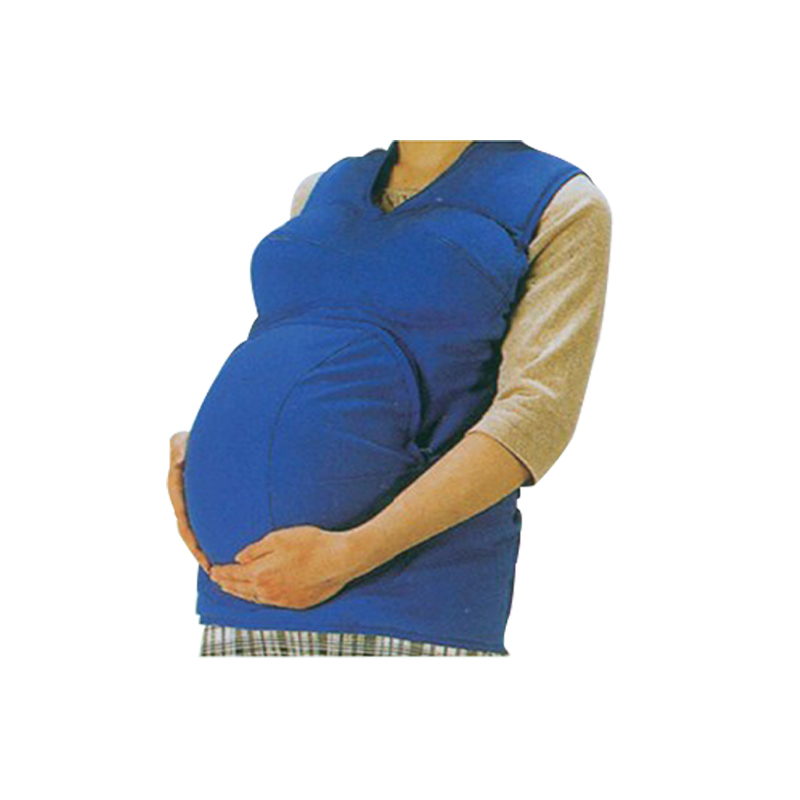In terms of simulating physiological changes during pregnancy, the dress model provides users with a highly realistic experience through a series of elaborate design and detailed simulation. Here is a detailed explanation of how the dress up maternity model simulates the physiological changes during pregnancy:

Abdominal simulation:
The dressed pregnant woman model usually has a simulated abdomen close to the size of the real pregnant woman's abdomen, which weighs about 13KG and simulates the size of the abdomen at 40 weeks of pregnancy.
Through the built-in fluid adjustment system, the model can simulate the state of pregnancy in different months, that is, the size and shape of the abdomen will gradually change as the months increase, allowing the user to experience the gradual enlargement of the abdomen during pregnancy.
Physical experience:
When the user wears the dress model, the physical changes brought about by the enlargement of the uterus can be truly felt, such as increased pressure on the waist and back, and mobility difficulties caused by weight gain.
The model can also simulate common physiological symptoms during pregnancy, such as chest tightness, low back pain, and frequent urination. For example, by adjusting the pressure system inside the model, it is possible to simulate the pressure on the lungs and bladder caused by the enlargement of the uterus, so that users can better understand the various discomfort experienced by pregnant women during pregnancy.
Prenatal test simulation:
The dress model supports prenatal simulation, such as four-step palpation and breast care. These simulations not only help users master the correct test method, but also give them a better understanding of the process that pregnant women need to go through during prenatal care.
Fetal movement simulation:
Some advanced dress models of pregnant women also have fetal movement simulation functions. Through the built-in mechanical system or electronic system, the model can simulate the movements of the fetus in the mother, such as kicking, turning and so on. This simulation not only increases the interest of the model, but also helps the user better understand the movement of the fetus in the mother.
In summary, the dress model provides users with a highly realistic pregnancy experience by simulating real belly size, physiological symptoms, prenatal examination, and fetal movement. This experience not only helps to enhance the user's understanding and care for the pregnant woman and fetus, but also provides them with valuable practical experience to help them better cope with the challenges they may encounter in the future.
